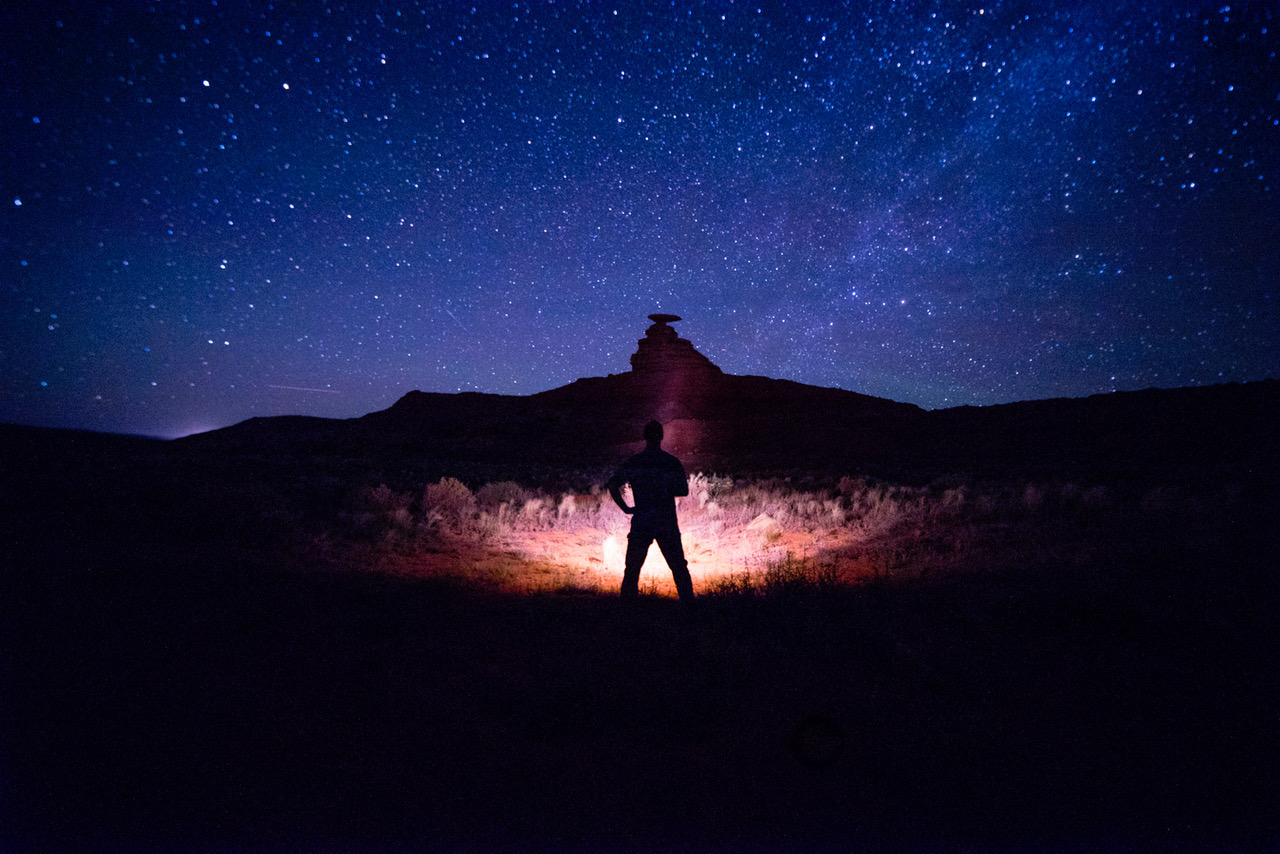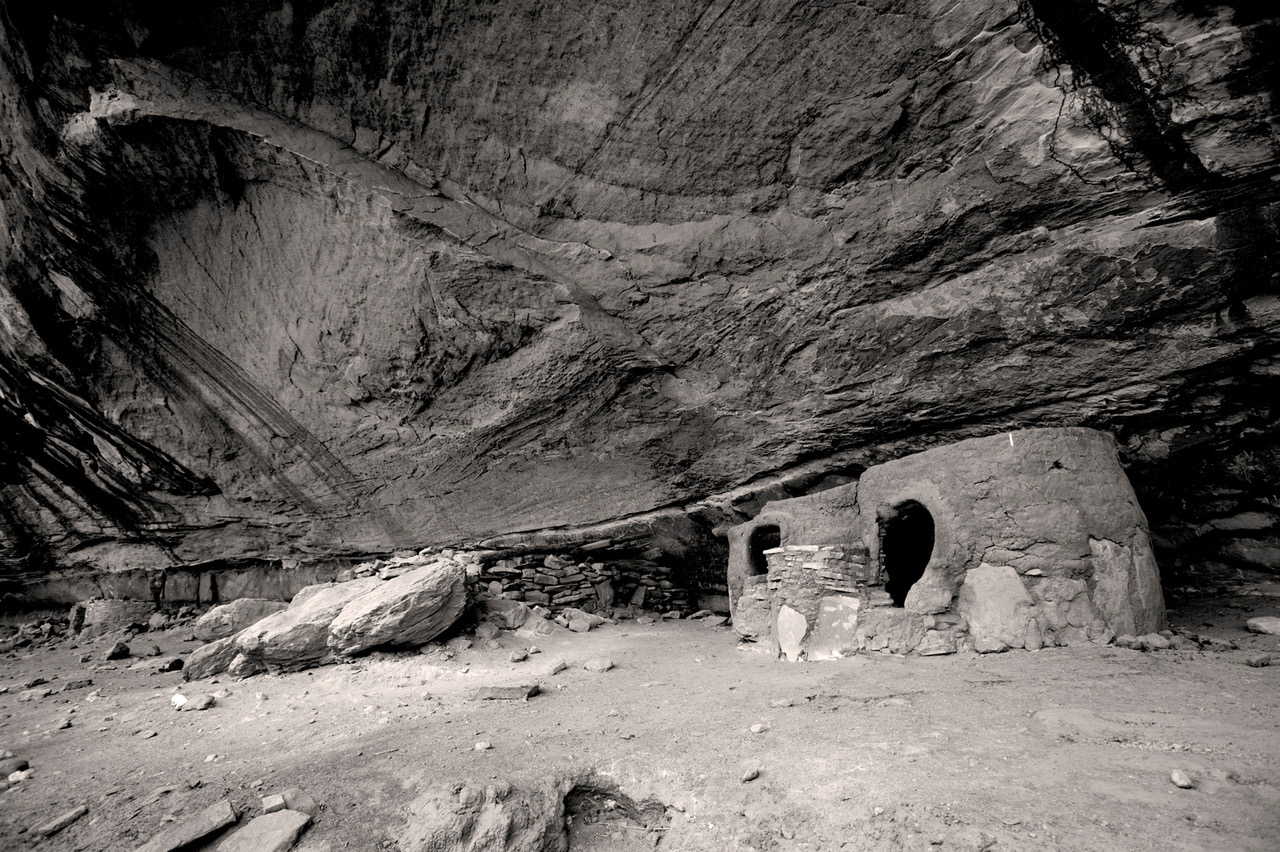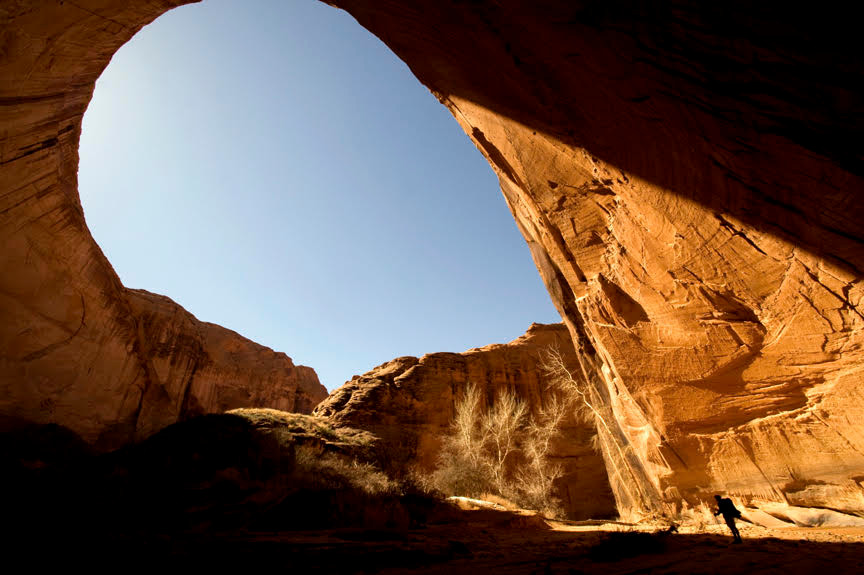Sizing National Monuments
The Power of Unpaved and Wild Places

In light of the controversy currently surrounding the so-called “shrinking” of existing National Monuments, I am trying to make sense of this quote from Ryan Zinke on the Department of Interior website:
“I am honored and humbled to serve Montana and America as Secretary of the Interior. I shall faithfully uphold Teddy Roosevelt’s belief that our treasured public lands are ‘for the benefit and enjoyment of the people’. I will work tirelessly to ensure our public lands are managed and preserved in a way that benefits everyone for generations to come. Most importantly, our sovereign Indian Nations and territories must have the respect and freedom they deserve. I look forward to making the Department of the Interior and America great again.”
The Coast Range of Santa Barbara and Ojai has been my backyard for nearly 50 years. I access Los Padres National Forest multiple times every week to run, hike, climb, mountain bike, and occasionally volunteer to help keep the trails tamed from encroaching chaparral (this historically was a Forest Service duty but is no longer due to budget cuts).
The greater backyard, the American West and its public lands, have been my home as well for some three decades, with more nights spent beneath the stars than under a roof. My well-being, and many others I would argue, depends on the continued health of our public lands and specifically our National Monuments.
Take Bears Ears National Monument as a case study. I’ve spent dozens of nights there guiding commercial backpacking and canyoneering trips and also on personal rock climbing and kayak trips. It is far beyond comparison.

The Dine (Navajo) tribe of Utah State estimate as many as 300,000 historically important cultural sites are located within the national monument. Zinke has recommended shrinking Bears Ears, though the leaked reports don’t give by how much. Some say it is as much as 90 percent. If only 10 percent remains as a monument, thousands of important sites will be afforded much less protection.
While working toward a degree in Native American Studies, I learned about the bleak history of the justifications for land grabs — like Vacuum Domicilium, Requerimiento and Manifest Destiny — that led quickly to genocide and allowed for less-than-conscientious stewardship of said lands. This legacy has been allowed to continue into the present day with a few exceptions.
Thankfully people like John Muir (who stated a few cool things like, “The sun shines not on us but in us. The rivers flow not past, but through us” and had the foresight to advocate that National Parks like Yosemite should include the peaks around it and their watersheds to keep them more pristine) surfaced to further secure the U.S.’s great legacy of world-class national parks and national monuments.
This legacy of Manifest Destiny is magnified now with shortsighted policies from the current administration, executive orders from the president, and continued pressure from energy companies that make up his base and have his ear. They are keen on extraction and furthering a cut-and-run mentality keen on quarterly profits, despite Zinke’s rhetoric about management of public lands “that benefits everyone.” Everyone? Certainly not future generations and certainly not the “sovereign” native peoples Zinke claims to be championing. The Dine of Utah for one say they will fight with legal action if monuments like Bears Ears are contracted.
When Zinke mentions “treasured public lands,” I suspect it’s not treasure in the sense that they are truly unique places with unparalleled geologic features, cultural heritage, endemic species, pristine rivers, and recreation opportunities found no where else that deserve to be left intact. It’s more likely treasure to be sold off for extraction and as real estate for building.

My avocation and vocation for the last two decades has been in public lands and national monuments in California, Oregon, Utah, Wyoming, Colorado, Montana, and Arizona. Sharing them with hundreds of children and adults as an outdoor and environmental educator, wilderness backpacking and rock climbing guide, adventure photographer and writer focused on exploring and bringing into personal focus the magic of our public lands, I can attest to the power of unpaved and wild places and the effect they can have on individuals who have been locked inside the urbanized world. I’ve experienced more than a thousand stories of people realizing a deeper sense of connection and self, and confidence, through connecting with the wild world. Just one is the recently homeless drug addict who summited a 14,000-foot peak in Colorado and found something that could compete and win against addiction.
These unpaved and roadless areas (Grand Staircase-Escalante, part of Bears Ears, is the second largest in the U.S.) are increasingly threatened and so infrequently explored by the masses that this connection, when experienced firsthand, is revolutionary, with pristine cliff dwellings, natural arches soaring hundreds of feet overhead. This is essential to our survival. Why? Without it we lose our sense of connection to a source of wonder and appreciation for the magic of the natural world. We lose a rich and yet still largely intact indigenous cultural heritage that is still available to us, but just barely.
Zinke has called Santa Barbara home, and his wife, Lolita, hails from here. I am sure they have explored Los Padres National Forest, these amazing local public lands that every year have dwindling budgets and are now suffering restructuring yet again through the Department of the Interior. And I have faith that Zinke has personally explored many of these National Monuments that he reviewed for possible reduction. He has certainly had his boots on the ground in some of these now protected one-of-a-kind areas, which now face shrinking, their gifts likely lost forever. If he has done his job, then they will keep their current boundaries and protected status as National Monuments.



